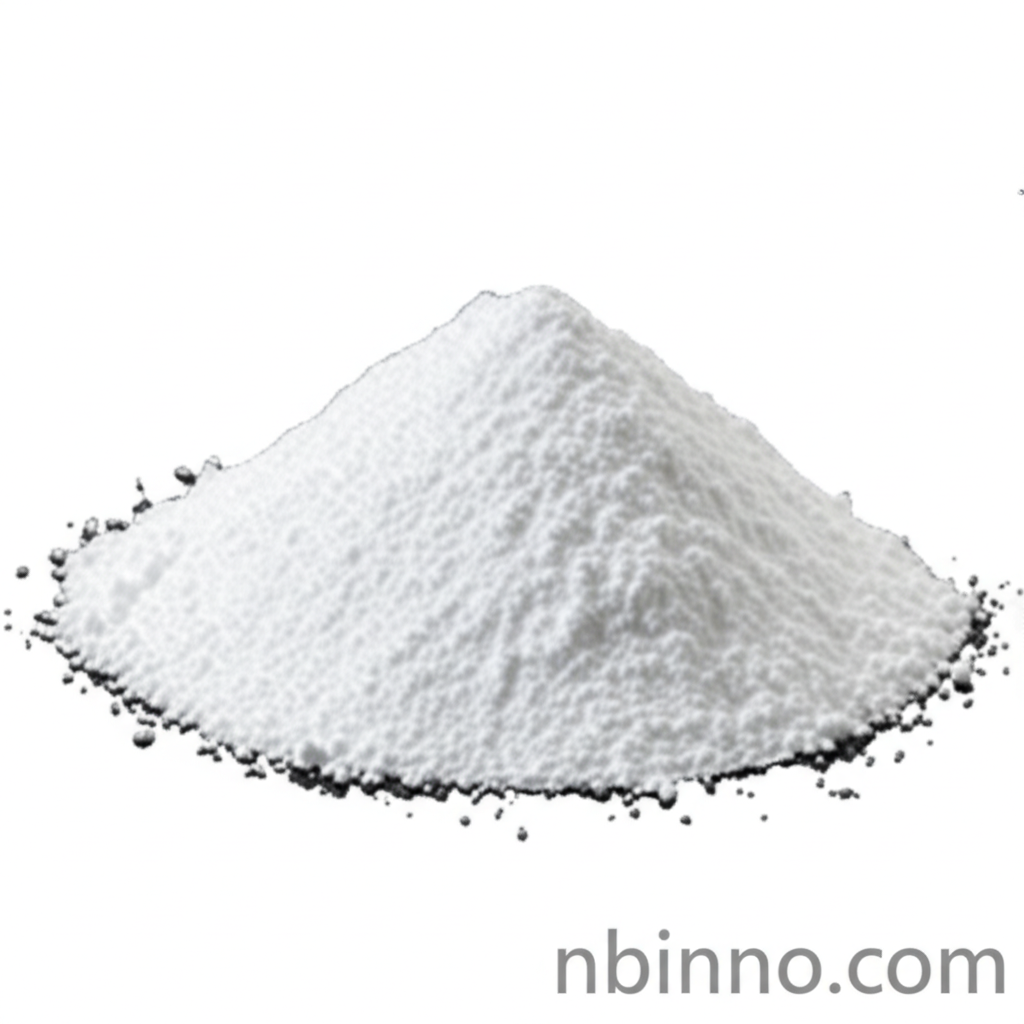2,7-Dibromo-9H-carbazole: A Key Intermediate for Advanced Organic Electronics
Discover the critical role of 2,7-Dibromo-9H-carbazole in advancing organic electronic technologies, from vibrant OLED displays to efficient solar cells. Explore its unique properties and applications as a premier chemical building block.
Get a Quote & SampleProduct Core Value

2,7-Dibromo-9H-carbazole
As a leading supplier in China, we provide high-purity 2,7-Dibromo-9H-carbazole, a crucial building block for the synthesis of advanced organic electronic materials. Its exceptional electron-donating abilities and robust chemical stability make it an indispensable component in the development of cutting-edge technologies. We pride ourselves on delivering consistent quality and reliability to meet the demanding needs of the organic electronics industry.
- Unlock the potential of organic electronics by utilizing this versatile carbazole building block for OLEDs, OPVs, and OFETs.
- Leverage the functionalizable 9-position of 2,7-Dibromo-9H-carbazole to tailor solubility and optimize electronic properties for your specific applications.
- Benefit from our commitment to high purity and quality, ensuring reliable performance in your complex synthesis processes.
- Explore the synthesis of advanced materials like PCDTBT with our premium-grade 2,7-Dibromo-9H-carbazole, a testament to its importance as a carbazole building block for OLEDs.
Advantages Offered
Enhanced Device Performance
Utilize 2,7-Dibromo-9H-carbazole as a key intermediate for OLED materials to achieve superior electron-donating capabilities, contributing to higher efficiency and brighter displays.
Tailored Material Properties
The versatile structure allows for easy modification, enabling the fine-tuning of solubility and energy levels, crucial for developing custom organic electronic materials.
Synthesis Versatility
This dibromocarbazole serves as an excellent starting material for various coupling reactions, facilitating the creation of diverse carbazole derivatives and polymers essential for organic electronics research.
Key Applications
Organic Light-Emitting Diodes (OLEDs)
As a fundamental building block, 2,7-Dibromo-9H-carbazole is essential for synthesizing host materials and emitters that drive the performance of modern OLED displays.
Organic Photovoltaics (OPVs)
This compound is pivotal in creating polymer semiconductors for OPVs, contributing to the development of efficient and flexible solar cell technologies.
Organic Field-Effect Transistors (OFETs)
Its unique electronic properties make it a valuable component in the synthesis of materials for high-performance OFETs used in flexible electronics and sensors.
Polymer Synthesis
Serves as a critical monomer for creating carbazole-backboned polymers, enabling advanced material design for a wide range of electronic applications.
